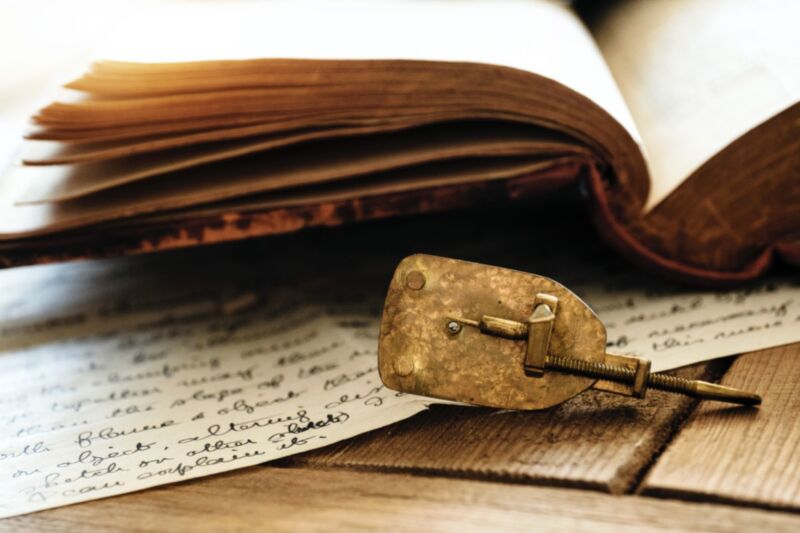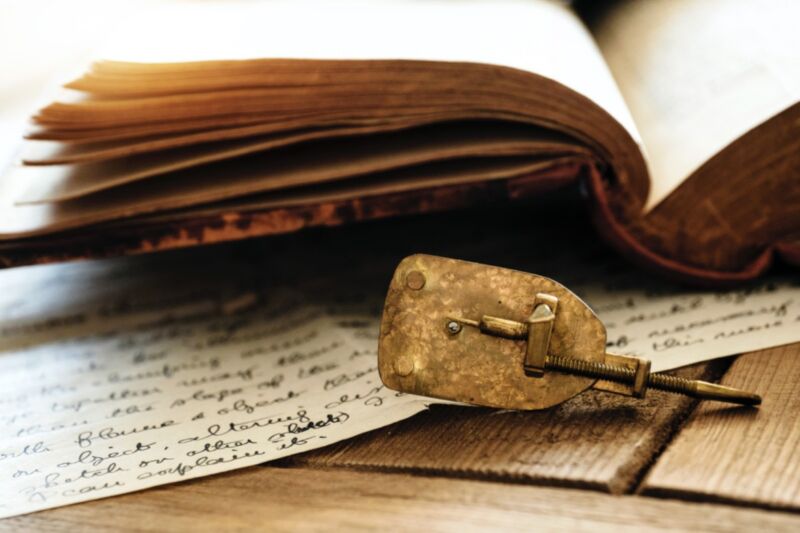
Enlarge / First microscope by Antonie van Leeuwenhoek. (credit: Tetra Images/Getty)
In the late 17th century, a Dutch draper and self-taught scientist named Antonie van Leeuwenhoek earned renown for building some of the best microscopes available, at a time when the instrument was just beginning to revolutionize scientific inquiry. He rarely divulged his lens-making methods, however, leading to centuries of speculation as to how he achieved such superior magnifications.
Now neutron tomography has enabled scientists at TU Delft in the Netherlands to peer inside van Leeuwenhoek’s microscopes for the very first time. A new paper published in the journal Science Advances reveals that, far from requiring his own secret lens-crafting method, van Leeuwenhoek was a master craftsman who was able to achieve his extraordinary magnifications by honing and perfecting the typical lens production methods of his era.
It’s not entirely clear who invented the first bona fide microscope, but contenders for the claim include a late 16th century Dutch maker of spectacles named Zacharias Janssen, a neighboring rival spectacle manufacturer named Hans Lippershey, and a Dutch engineer and inventor named Cornelis Drebbel. Galileo noted the basic principle sometime after 1610, and built his own compound microscope after seeing one of Drebbel’s instruments on display in Rome in 1624. He dubbed it the “occhiolino” or “little eye.”





